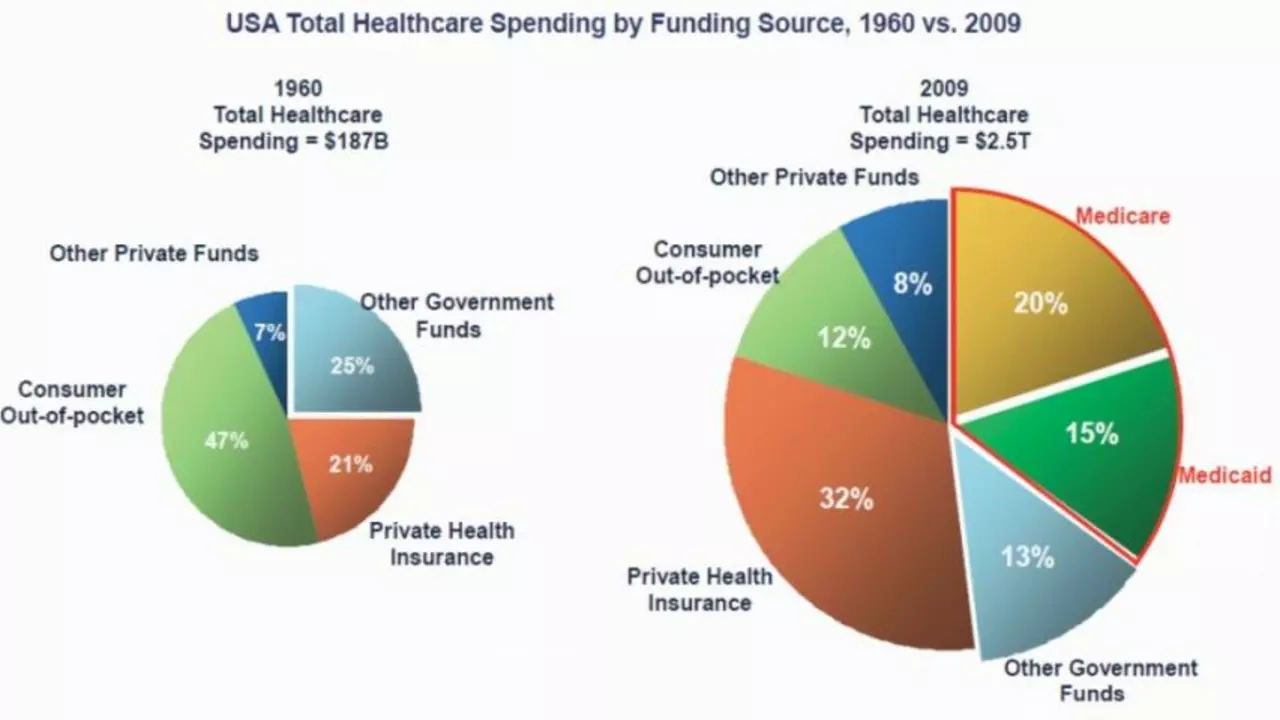U.S. Healthcare: What You Need to Know About Costs, Access, and the Future
Did you know the average American spends more than $11,000 a year on health care? That number sounds huge, but it’s a real picture of what many families deal with. In this guide we break down why the bills are so high, who feels the squeeze, and where new ideas might bring some relief.
Why Health Care Costs Are So High
First off, the price tags on medical services in the U.S. are higher than anywhere else. A simple X‑ray can cost a few hundred dollars, while a complex surgery can run into the hundreds of thousands. Part of the reason is the fee‑for‑service model: doctors and hospitals get paid for every test they do, so there’s a natural push to order more procedures.
Insurance adds another layer. Companies negotiate rates with providers, but the negotiations are often secret, and the prices they settle on get passed down to patients through premiums, deductibles, and co‑pays. When you add in the cost of prescription drugs – many of which are priced based on what the market will bear rather than production costs – the total bill climbs quickly.
Who Struggles Most With Access
Not everyone feels the impact equally. Low‑income families, people living in rural areas, and older adults are the ones who hit the hardest. Rural hospitals have closed at an alarming rate, forcing patients to travel long distances for basic care. Meanwhile, high premiums make it tough for low‑wage workers to keep insurance, leaving them stuck with delayed treatment and bigger health problems later.
Women, children, and minorities also face barriers. Cultural and language differences can make navigating the system confusing, and bias in the medical field sometimes leads to poorer outcomes for these groups.
Emerging Trends That Could Change the Game
Technology is shaking things up. Telehealth lets patients see doctors from home, cutting travel time and sometimes lowering the cost of a visit. AI tools help doctors spot problems early, which can prevent expensive emergencies later on.
Some states are experimenting with price‑transparent models, where hospitals list the price of common procedures online. When patients know the cost upfront, they can shop around, and providers feel pressure to keep prices competitive.
Lastly, value‑based care is gaining traction. Instead of paying for every test, insurers reward providers for keeping patients healthy. This shift encourages preventive care, which is cheaper than treating disease after it shows up.
Bottom line: U.S. health care is pricey and uneven, but new tech, transparency, and a focus on value could bring down costs and improve access. Stay informed, ask questions about your coverage, and look for tools like telehealth that can make your care easier and cheaper.
What are your thoughts on healthcare in the U.S?
- Kaius Sterling
- July 23, 2023
- 0 Comments
In my opinion, the U.S healthcare system, while advanced in terms of technology and innovations, is fraught with challenges related to access, cost, and equity. The high cost of medical care and insurance puts quality healthcare out of reach for many Americans. I also believe the system is complex and hard to navigate, causing stress and confusion for patients. It's commendable that it excels in areas like research and specialty care, but I feel the U.S needs to work on making healthcare more affordable and accessible to all its citizens. Finally, a move towards prevention rather than treatment could be a game changer.
read more